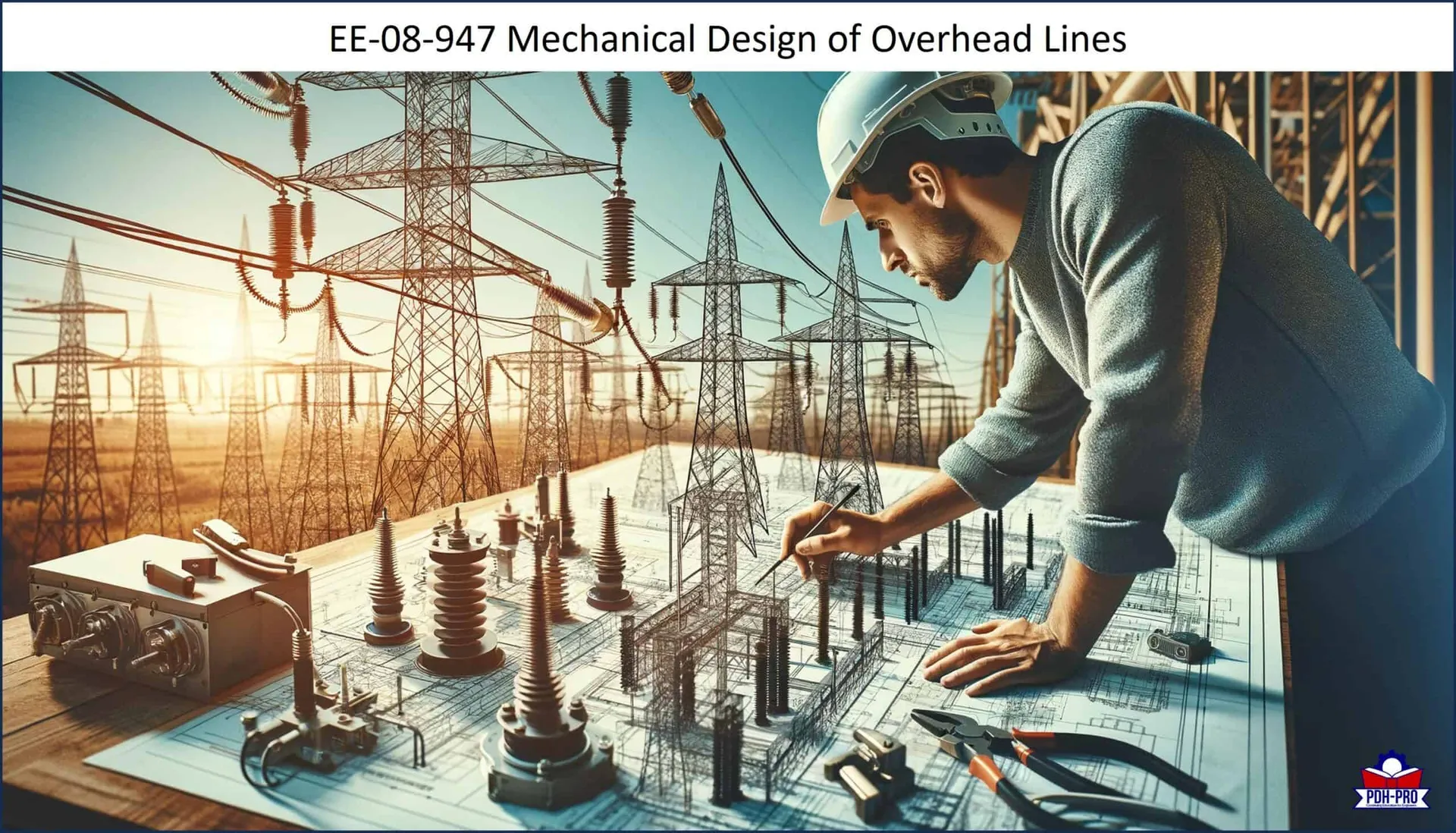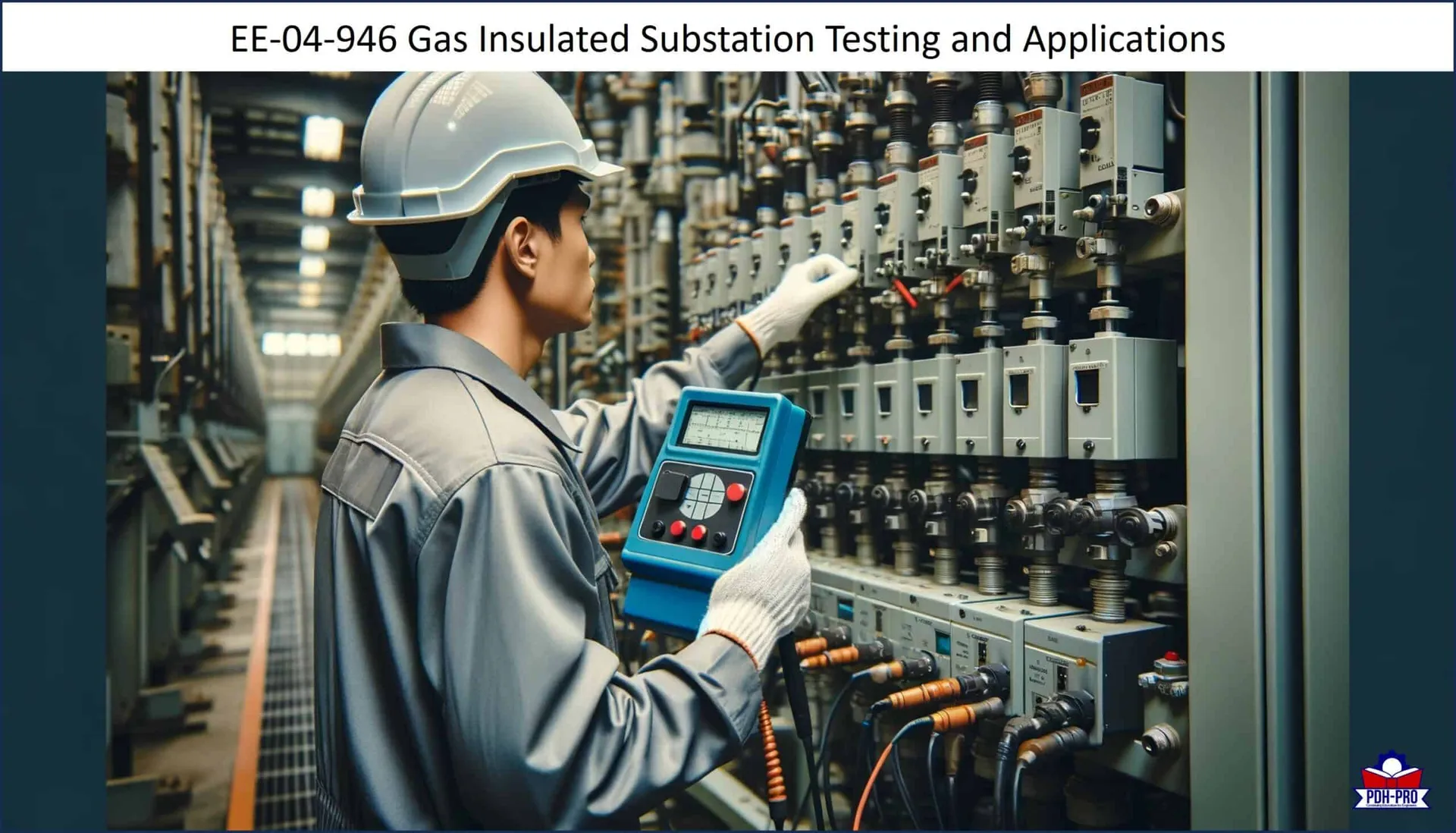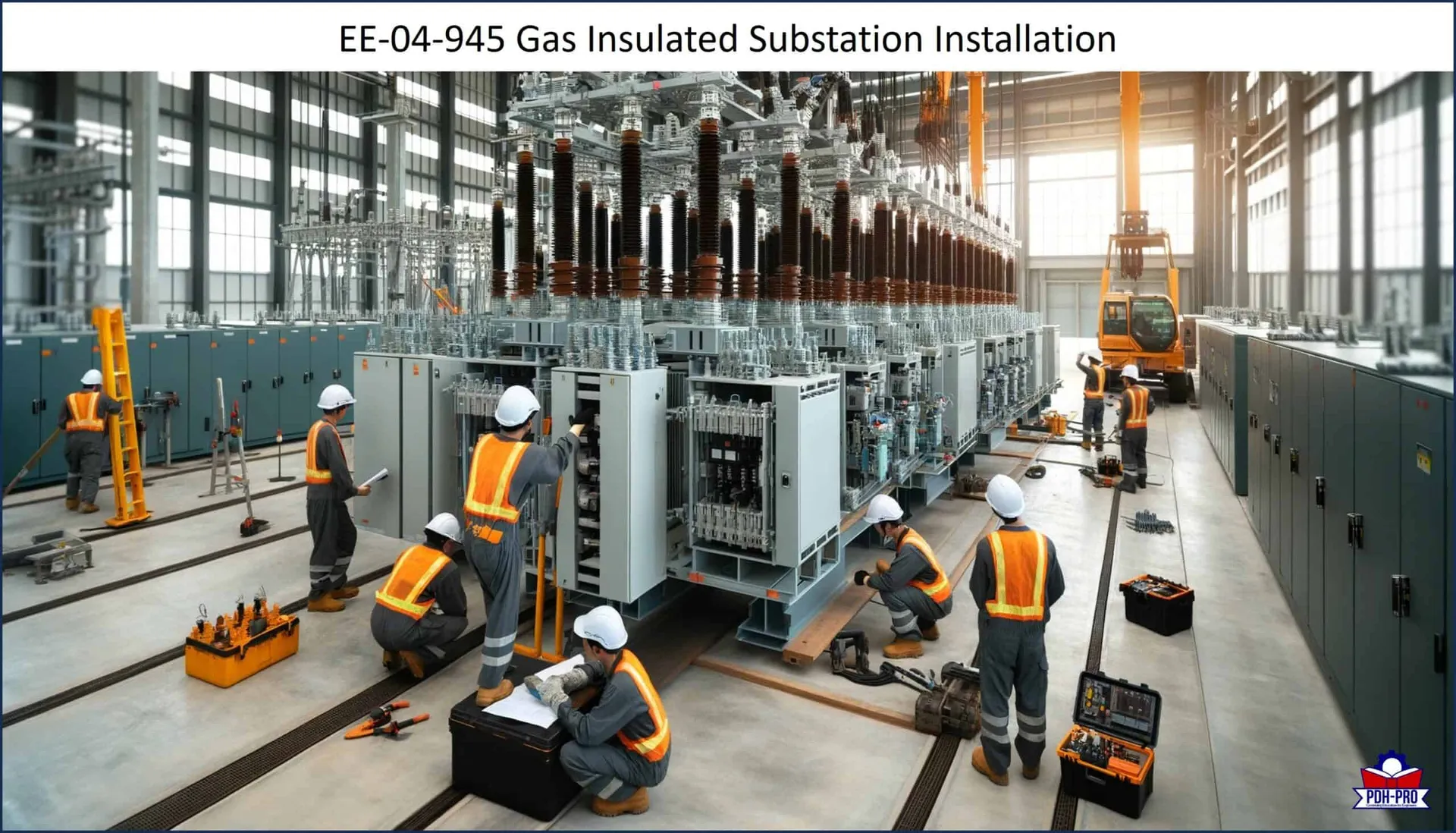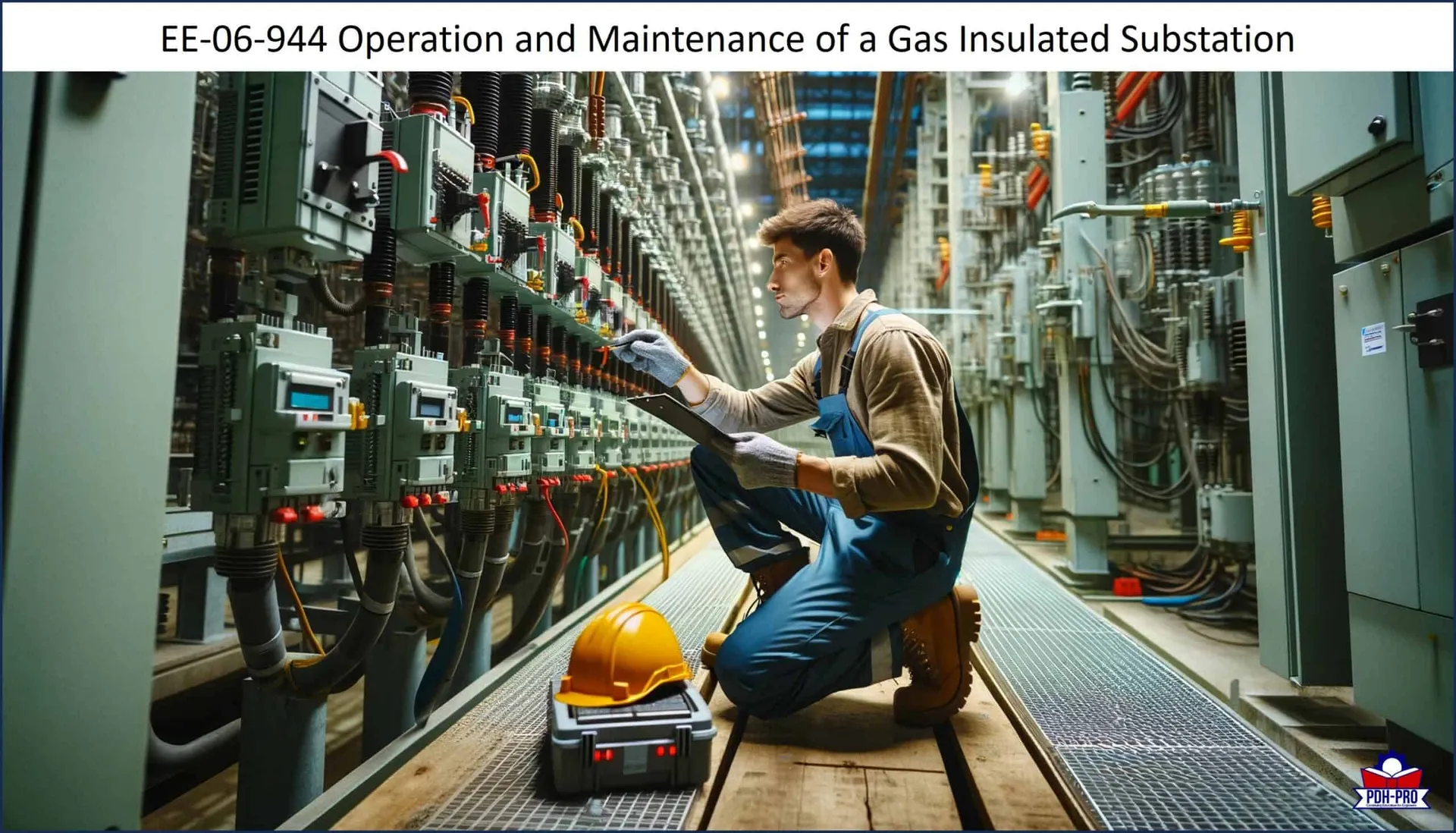
- Home
- Contact Us
- Corporate Solutions
- Webinars
- Packages
- Courses
- Categories
- Live Webinars
- Packages
- Chemical Engineering
- Civil Engineering
- Electrical Engineering
- Petroleum Engineering
- Environmental Engineering
- Geotechnical Engineering
- Mechanical Engineering
- Structural Engineering
- Sustainability
- State Rules and Regulations
- Ethics and Law
- Project Management
- HSSE
- Petroleum Engineering
- Timed & Monitored – Ohio
- On Demand Webinars
- More
Course Full With Both Sidebar
Condimentum Cursus Lorem ParturientInstructorVelimir Lackovic
TypeOnline Course
Price$192$96
Please sign in first
Not a member?
Please simply create an account before buying/booking any courses.
Create an account for free!
Mechanical Design of Overhead Lines
Mechanical Design of Overhead Lines Author: Velimir Lackovic Electric power can be transferred either by underground cables or overhead lines. The underground cables are not commonly used for power transmission for two main reasons. Power is transferred over long distances to load centers and the installation costs for underground transmission is significant. Secondly, electric power... Learn More
InstructorVelimir Lackovic
TypeOnline Course
Price$48
Please sign in first
Not a member?
Please simply create an account before buying/booking any courses.
Create an account for free!
Gas Insulated Substation Testing and Applications
Gas Insulated Substation Testing and Applications Author: Velimir Lackovic Testing of gas insulated substation systems is required to ensure the function and safety of the installation design has been achieved. The testing procedures are developed to confirm the technical performance and safe operation of the GIS installation. The main tests used to evaluate GIS installations... Learn More
InstructorVelimir Lackovic
TypeOnline Course
Price$104
Please sign in first
Not a member?
Please simply create an account before buying/booking any courses.
Create an account for free!
Gas Insulated Substation Installation
Gas Insulated Substation Installation Author: Velimir Lackovic This course provides practical information that has been collected from a number of different GIS projects. The GIS equipment installation is demanding and requires a detailed plan and sequence of work. A proper sequence plan is a basic requirement to provide an efficient work flow and a high... Learn More
InstructorVelimir Lackovic
TypeOnline Course
Price$72
Please sign in first
Not a member?
Please simply create an account before buying/booking any courses.
Create an account for free!
Operation and Maintenance of a Gas Insulated Substation
Operation and Maintenance of a Gas Insulated Substation Author: Velimir Lackovic This course presents several real life experiences from existing GIS technology that has been in service for a number of years. It describes the nature and sources of defects including their repair and maintenance. It covers routine measurement methods to determine the quality of... Learn More
InstructorVelimir Lackovic
TypeOnline Course
Price$156$144
Please sign in first
Not a member?
Please simply create an account before buying/booking any courses.
Create an account for free!
Recent Trends and Innovations in Arc Flash Assessments
Recent Trends and Innovations in Arc Flash Assessments Author: Velimir Lackovic New equipment and innovations have led to significant improvements in arc flash systems and have created a safer work environment for the staff involved in maintenance of electrical equipment. In addition, some older established methods are being used to make equipment safer. Coordination of... Learn More
Course Categories
- Chemical Engineering
- Civil Engineering
- Electrical Engineering
- Environmental Engineering
- Ethics and Law
- Geotechnical Engineering
- HSSE
- Live Webinars
- Mechanical Engineering
- On Demand Webinars
- Packages
- Petroleum Engineering
- Project Management
- State Rules and Regulations
- Structural Engineering
- Sustainability
- Timed & Monitored – Ohio








